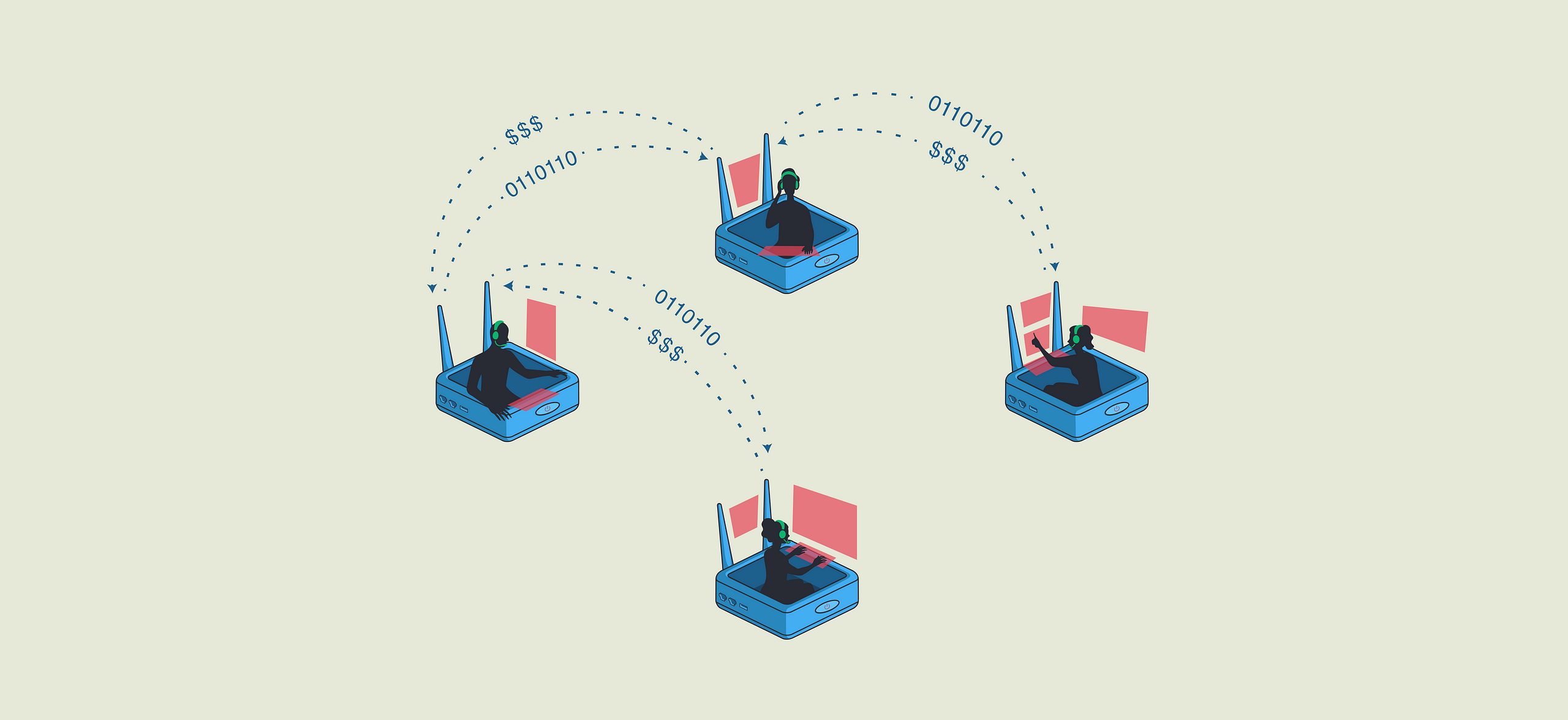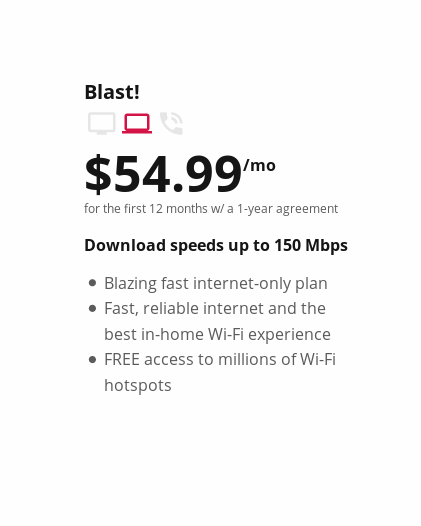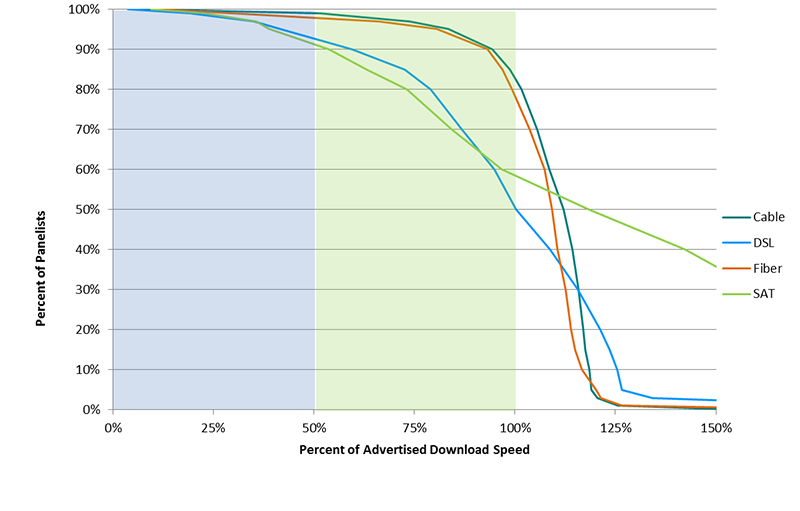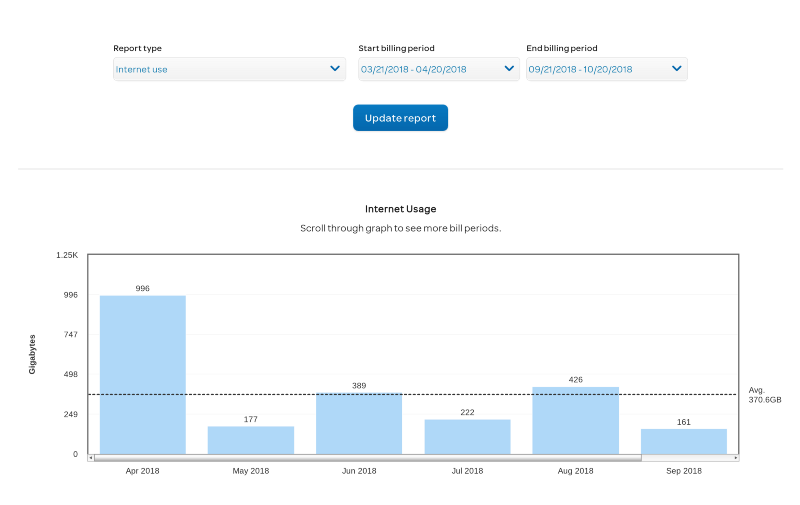Metered Bandwidth on Althea
In this post I’m going to explain Althea’s billing system and how it provides more transparency, choice, and control than the traditional…

In this post I’m going to explain Althea’s billing system and how it provides more transparency, choice, and control than the traditional methods of selling home or mobile Internet access.
Traditional ISP billing

This is a pretty typical advertisement from an ISP. Just looking at it it’s hard to tell what you’re buying. What does ‘up to’ mean in the fine print?
ISPs universally use a tactic called ‘oversubscription’ where any given amount of speed is sold to many people at once.
For the most part this allows them to inflate their speed numbers harmlessly. Most people aren’t using their internet 24/7 and will never notice they are sharing the speed they buy.
The devil is of course in the details.
Let’s say for example that you’re a traditional ISP, you hook up a neighborhood with 100 homes using a single 1gbps connection, that’s 10mbps per person. Twenty is considered a pretty safe oversubscription ratio, so you sell each home a 200mbps connection.
Obviously not everyone can have 200mbps at once; but a HD Netflix stream is only about 6Mbps. So a family of four each streaming their own show will barely dent the capacity. Even one or two gamers downloading during peak hours won’t be enough to noticeably cause any problems.
For the most part these users will ‘get what they pay for’ in the sense that a speedtest will read 200Mbps, but what they pay for is very different from what they use.
Oversubscription breaks down when it becomes likely that a normal household will actually use the entire connection they are being sold when any regularity. For example a 20Mbps DSL connection will easily be maxed out by that same family of four we were talking about earlier.
The statistics collected by the FCC in 2016 bear this out.

Chart 15.3 from the FCC 2016 broadband report
American cable and fiber internet users get somewhere between ~80% of their advertised download speeds during peak hours. The number for DSL is much lower, with a mere 50% of the users getting the advertised speed during peak hours (Weekdays 6:30pm — 11pm).
Oversubscription isn’t inherently evil. But it decouples what ISPs sell from what people use and even what the ISP is actually capable of delivering.
This sort of intentional obfuscation of what you are buying and what is being sold is typical of monopolies. The more clearly defined the price and service, the more easily customers can replace one provider with another.
Althea’s billing model
Althea works like your electricity or water bills, you pay for what you actually use.
With Althea your home WiFi router acts as a personal shopper to buy internet bandwidth over the cheapest and best path every second, seamlessly. Even if you have only one connection yourself, the router will still get faster service and cheaper prices as the network reorganizes further upstream.
If you participate in passing traffic for other people you’ll find some of the money they paid as extra money added to your account.
It’s important to focus on the ‘personal shopper’ concept. You put money into your account to be spent over the course of the month.
Like a prepaid phone plan, it’s impossible to end up paying more than you have deposited into the account. Unlike a prepaid phone plan the money doesn’t leave your home until it’s used, it lives in your Althea router.
With a traditional ISP you must trust the privacy of your web browsing to the provider of the connection to your home. In most countries major ISPs sell your browsing data to advertisers.
Althea uses an integrated VPN to easily and automatically protect your privacy from whomever may be carrying your traffic. While you do still have to trust the VPN provider the selection of who to trust with your browsing history is no longer limited based on your location.
How does it work out for me?
The biggest question that new users give in our payment experiments is, “how much data do I use?”. I’m going to try and put internet usage into context using my personal internet usage as an example.
Right now I pay $70 a month for gigabit fiber to my apartment. In the grand scheme of American Internet access this puts me in the top ~5% of households.
We’ll be comparing my current internet to an Althea network charging 15 cents/GB
I’m a moderate internet user. I game, stream media exclusively for entertainment, and partake in the strange hobby of downloading Wikipedia regularly.
On average this comes out to about ~370GB a month in usage for me.

Let’s look at where my 15 cents / gigabyte to the Althea network would go.
10c goes to the gateway, which is purchasing a resalable fiber connection. (about $1000/mo)
4c goes to my neighbor, Alice, who is helping get the connection from the gateway to me.
1c goes to the exit, who is peering traffic out to the internet.
During an average month my I would spend $56 on internet.
$37 of my bill goes to the gateway
$15 goes to Alice
$4 to the exit
Based on these numbers I would have saved $174 this year using Althea.
I chose to use myself as an example here because a lot of our potential users are concerned about exactly how much bandwidth they use.
Hopefully by providing a frame of reference for a pretty serious internet user we can put some of those fears to rest.
Ultimately pricing is up to the market
Our test network in Clatskanie is charging 20c a gigabyte, this is a non-trivially worse price than most of what the United States pays. But since most of the town is on 5mbps DSL, the network is adding a few new people every week anyway.
The market there does not demand lower prices, but instead acceptable broadband service first and price second. The prices have been set by the various equipment owners accordingly.
As the network there matures, I’m sure competitors will enter and prices will be pressed down, but ultimately Althea achieves lower prices by making it easier to compete, rather than through some inherent property of the billing system.

